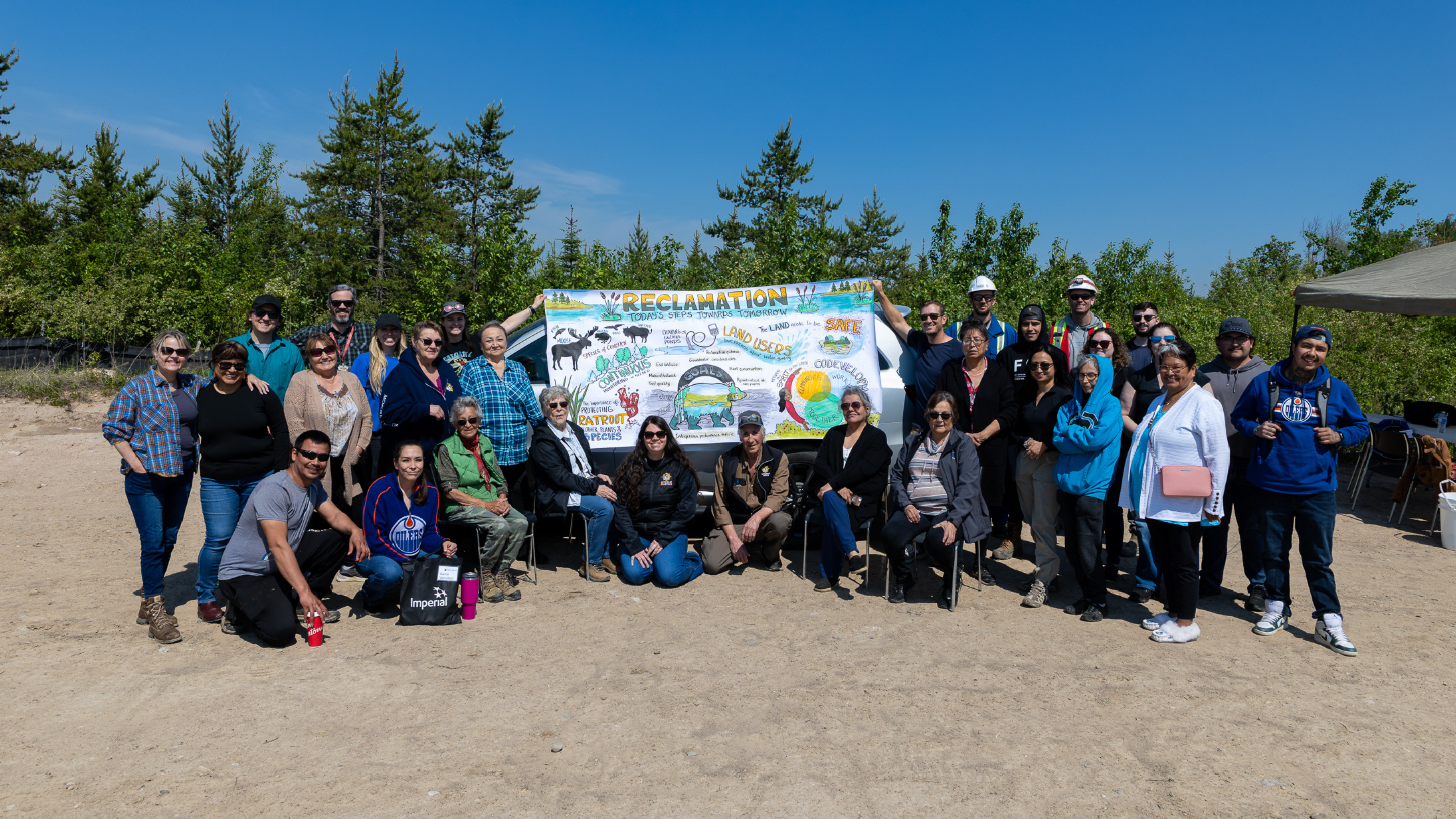selected item
3 min read
•A hat comes home
Imperial supports repatriation to northern community
- A century-old Loon Dance Hat was ceremoniously returned to Cambridge Bay, Nunavut, after decades away, marking a powerful moment of cultural reconnection.
- The repatriation was a collaborative effort between Imperial, the Glenbow Museum and the Kitikmeot Heritage Society, honouring Inuit traditions and community wishes.
- Now back home, the hat will serve as a cultural teaching tool, preserving Inuit heritage and supporting Indigenous reconciliation.
3 min read
•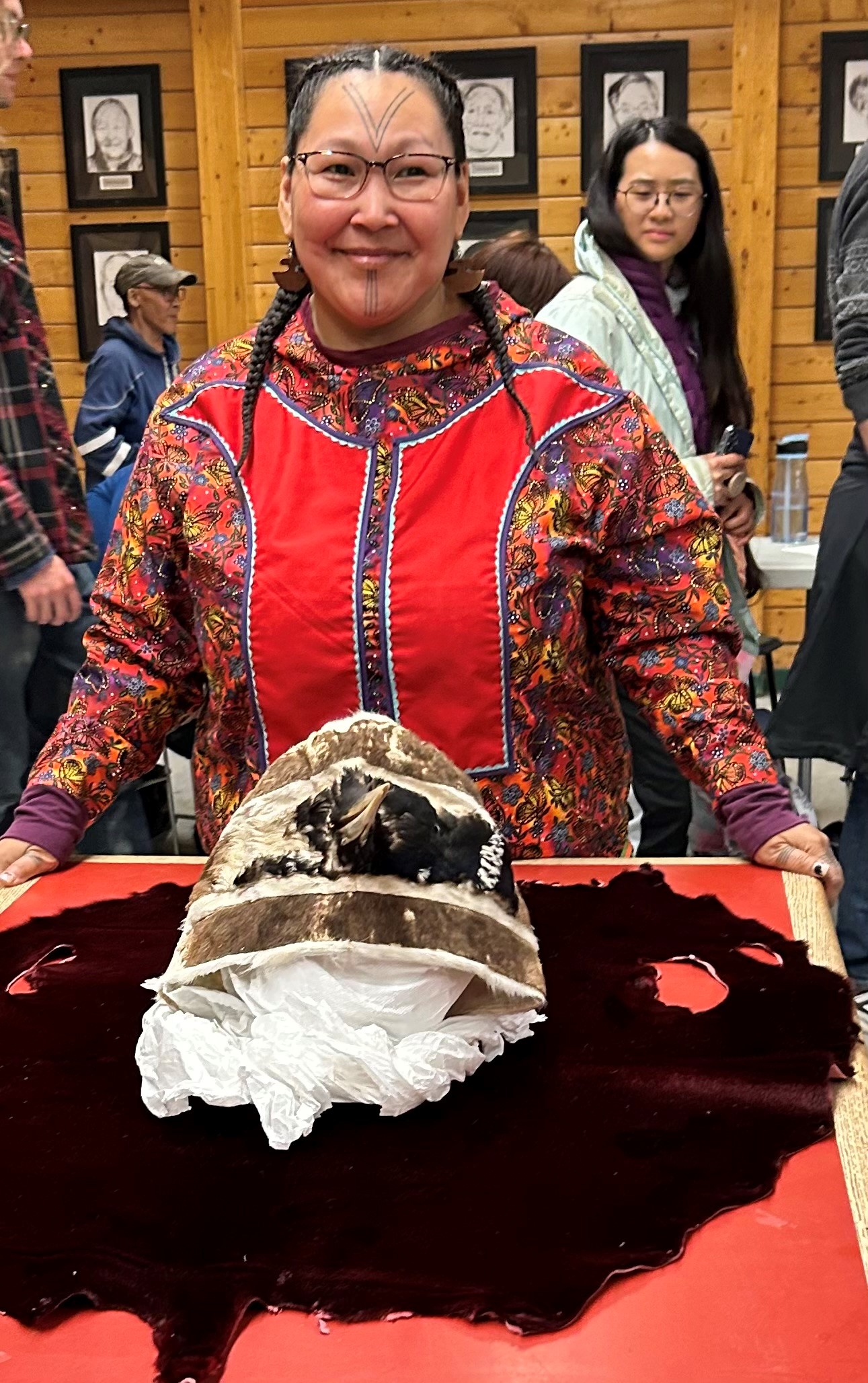
You could say Cambridge Bay, Nunavut put on its dancing shoes for this homecoming.
After decades away, a century-old Loon Dance Hat – made of caribou hide with loon feathers and loon beak – was returned to its rightful place.
In August, the community of Cambridge Bay gathered for an emotional homecoming. Inside the local community hall, more than 150 people — including Elders, community leaders, and residents — watched as a carefully packed box was opened. Inside was the Loon Dance Hat.
The hat, once used in traditional Inuit dance ceremonies, had been part of Imperial’s art collection for an unknown length of time. For the past five years, it was safely stored at the Glenbow Museum in Calgary while museum staff researched its origin. Now, it was finally returning home.
For Wendy Smith, Imperial’s Socioeconomic Advisor for Indigenous Relations, the moment was deeply personal. Wendy spent five years living in Cambridge Bay in the late 1980s and still carries warm memories of the people and place. When the opportunity arose to help facilitate the repatriation, she knew she wanted to be involved.
“This community means so much to me,” Wendy says. “To be there for something that was so important to them, it was truly special. I was honoured to be part of it.”
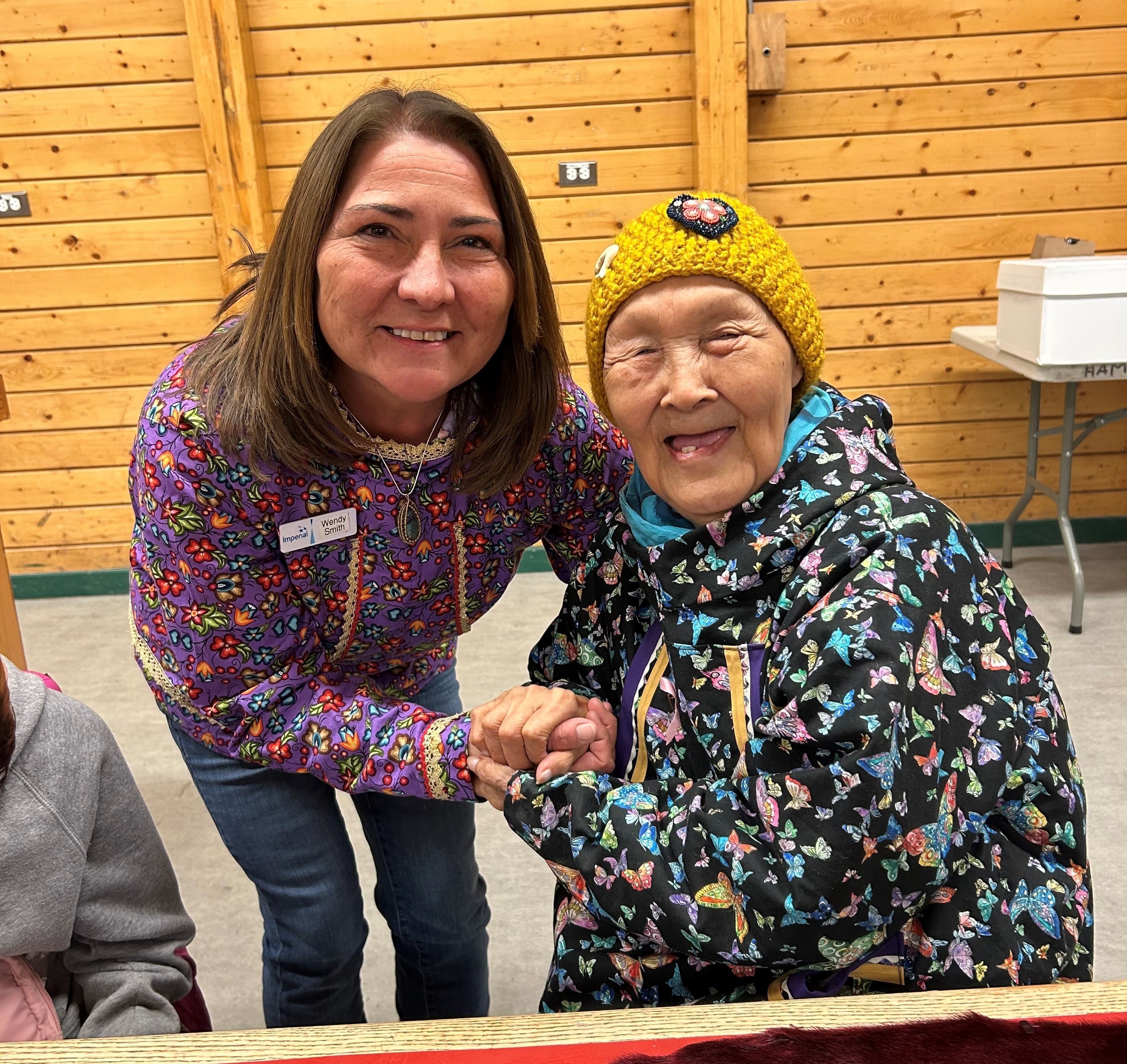
The repatriation was the result of collaboration between Imperial, the Glenbow Museum, and the local Kitikmeot Heritage Society. Glenbow’s experts confirmed the hat’s cultural significance and its age, working closely with the community to ensure the return was handled respectfully. While the exact origins of how the hat came into Imperial’s possession remain unclear, what mattered most was ensuring it went back to where it belonged.
For Wendy, the work involved more than logistics. It was about listening to the community’s wishes. At the request of Kitikmeot Heritage Society’s executive director, the hat was not opened until the day of the event, so that Elders could be the first to see it. The unveiling was accompanied by storytelling, many recalling relatives who once danced in hats like this one. The evening also included a traditional qulliq lighting ceremony, in which an Elder lit a seal oil lamp, an Inuit custom that honours heritage and community.
Local leaders, including Cambridge Bay Mayor Wayne Gregory and the Deputy Premier of Nunavut Pamela Gross, attended and spoke about the cultural importance of the return. Beyond its historical value, the hat will now serve as a teaching tool for younger generations, helping them learn about traditional Inuit regalia and the role it played in ceremonies.
“This was the right thing to do,” Wendy reflects. “It’s an important part of Indigenous reconciliation, and I hope our colleagues across the country feel proud of this moment. The respect shown to the community here is something we can all carry into our work.”
The Loon Dance Hat now rests where it belongs — in Cambridge Bay — its story continuing to be told, both by those who remember it and those who will learn from it.
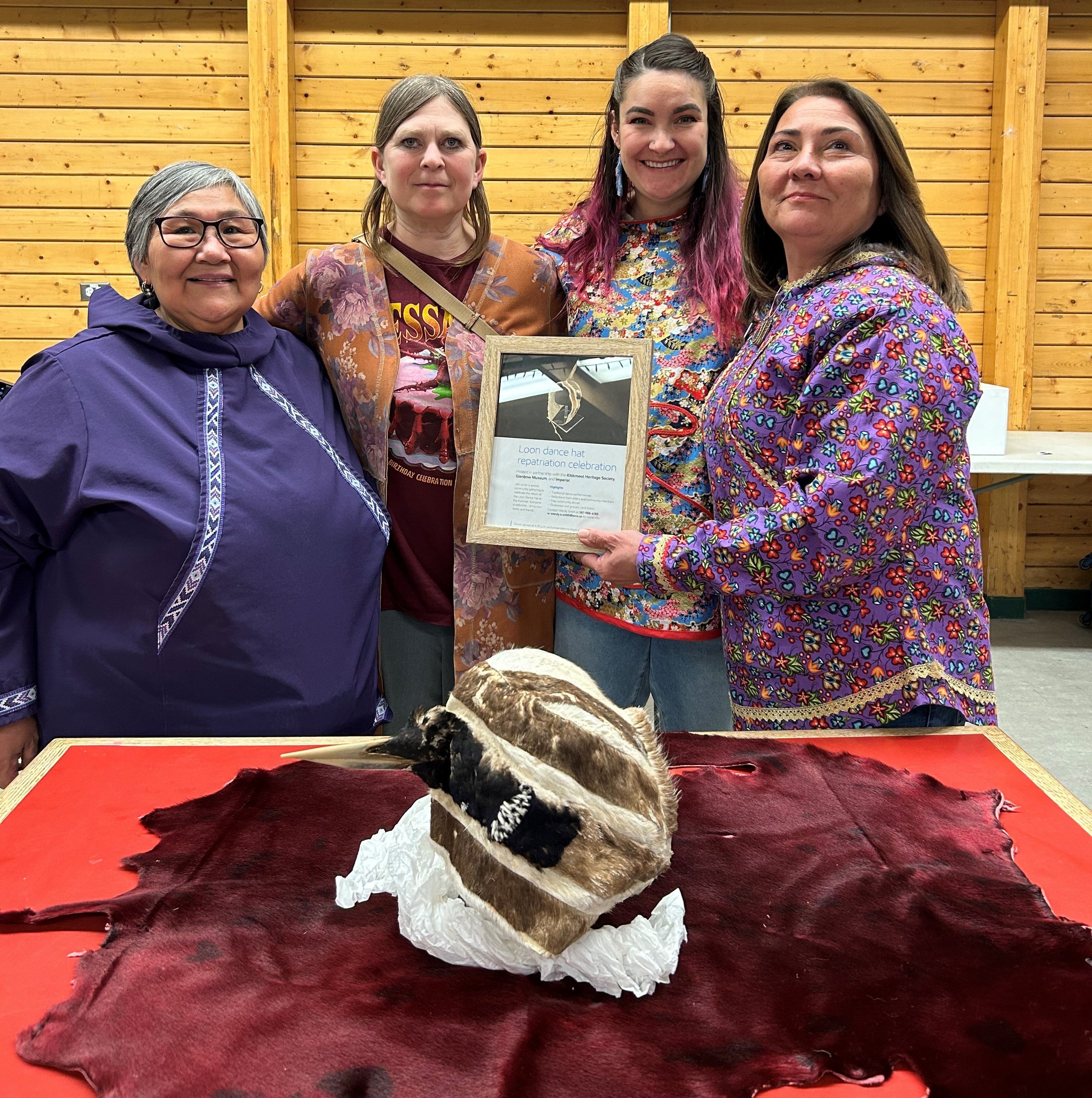
Imperial stories
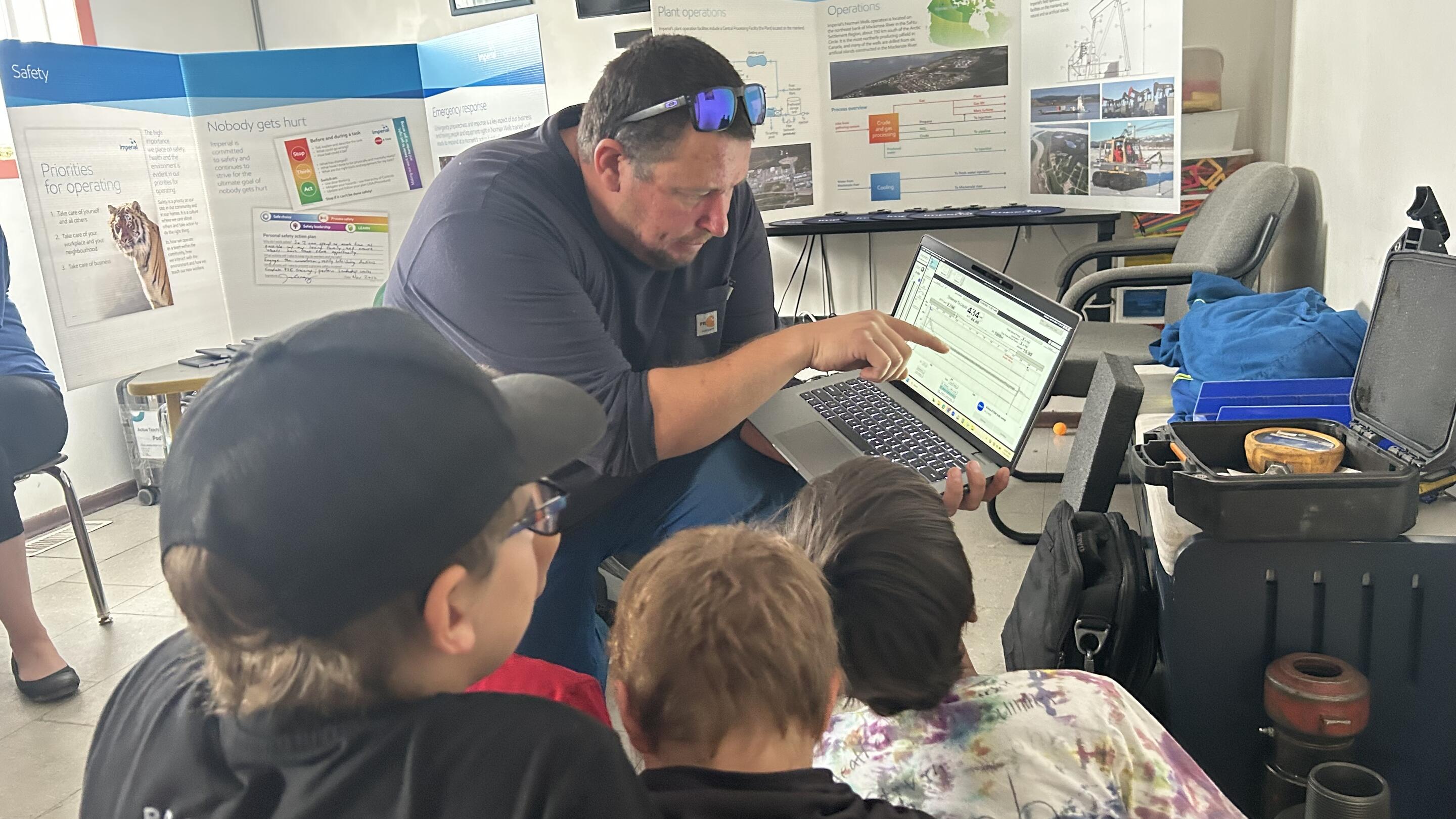
STEM in the Sahtú: Learning that reflects the land
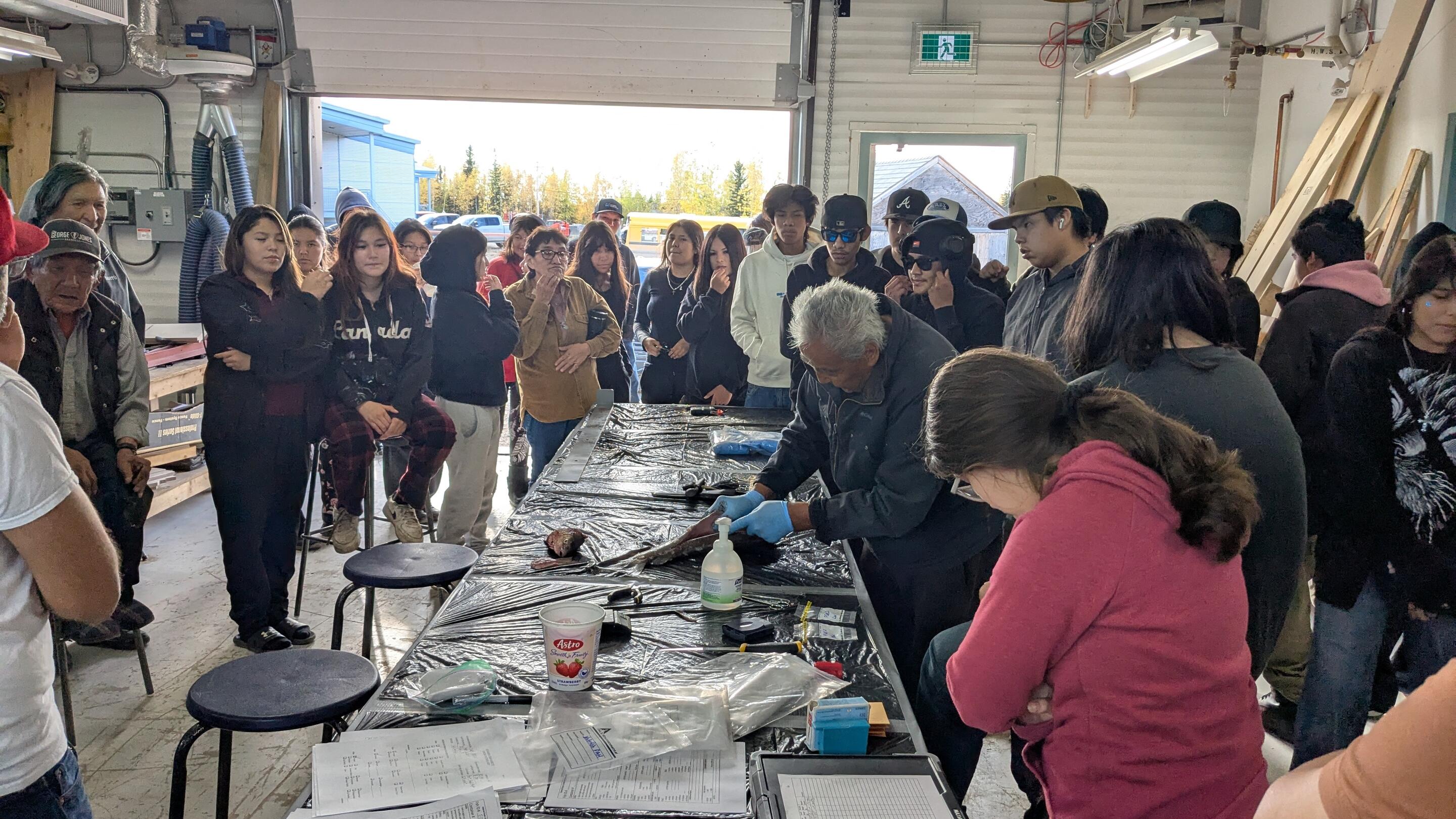
Connecting Conventional Science and Indigenous Traditional Knowledge
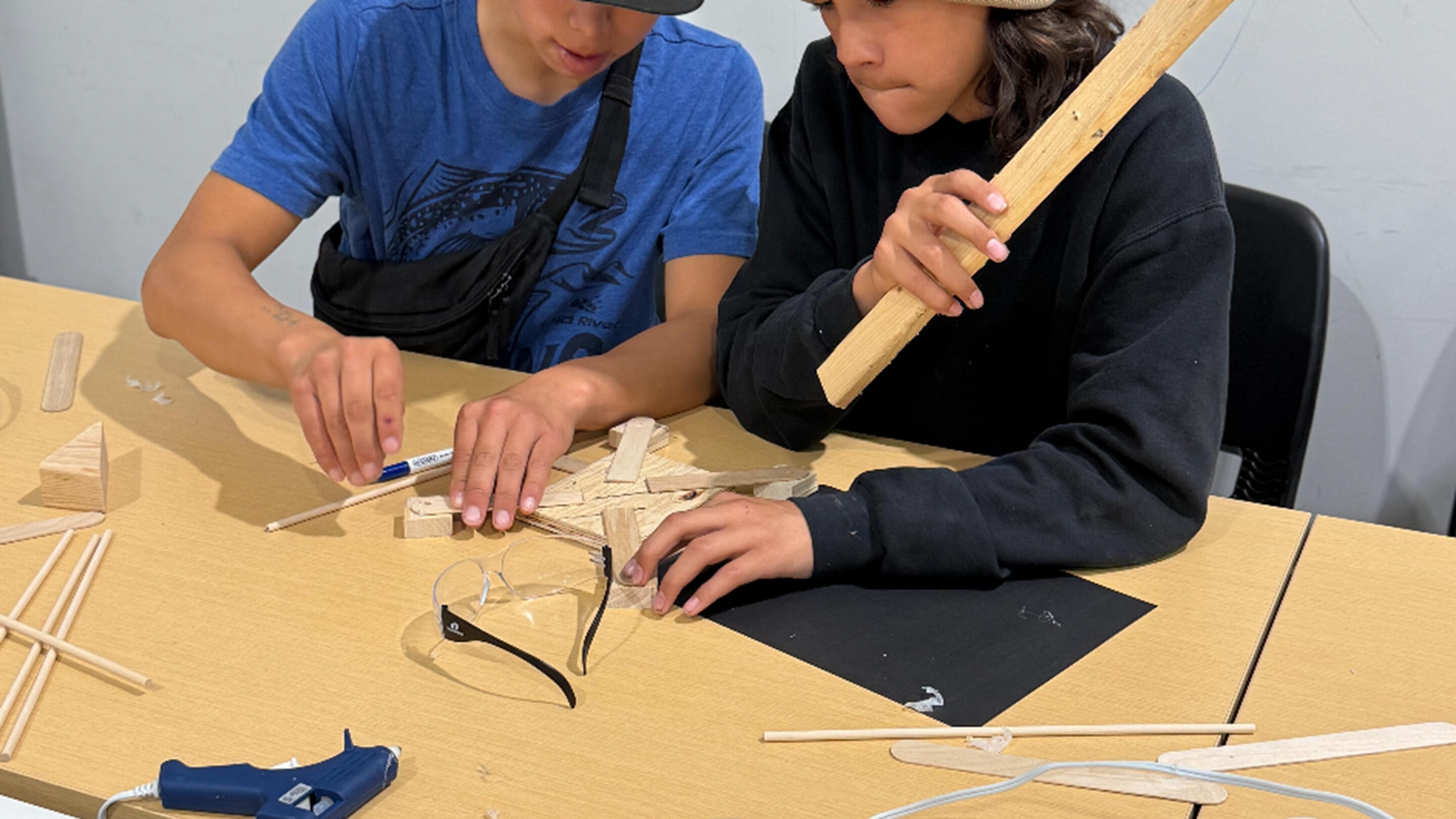
Full STE(a)M ahead
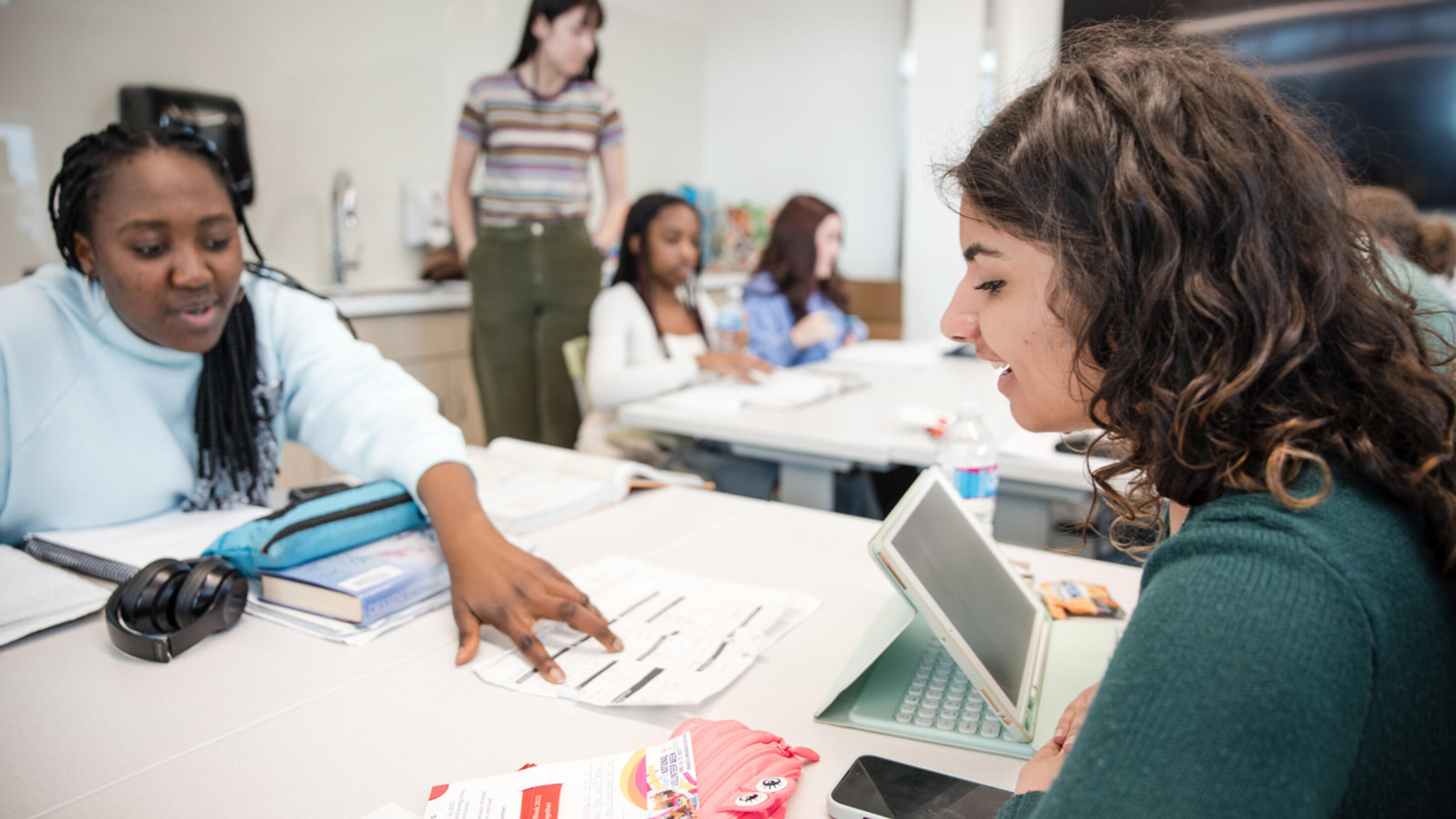
Imperial’s support expands All In for Youth tutoring program to include science
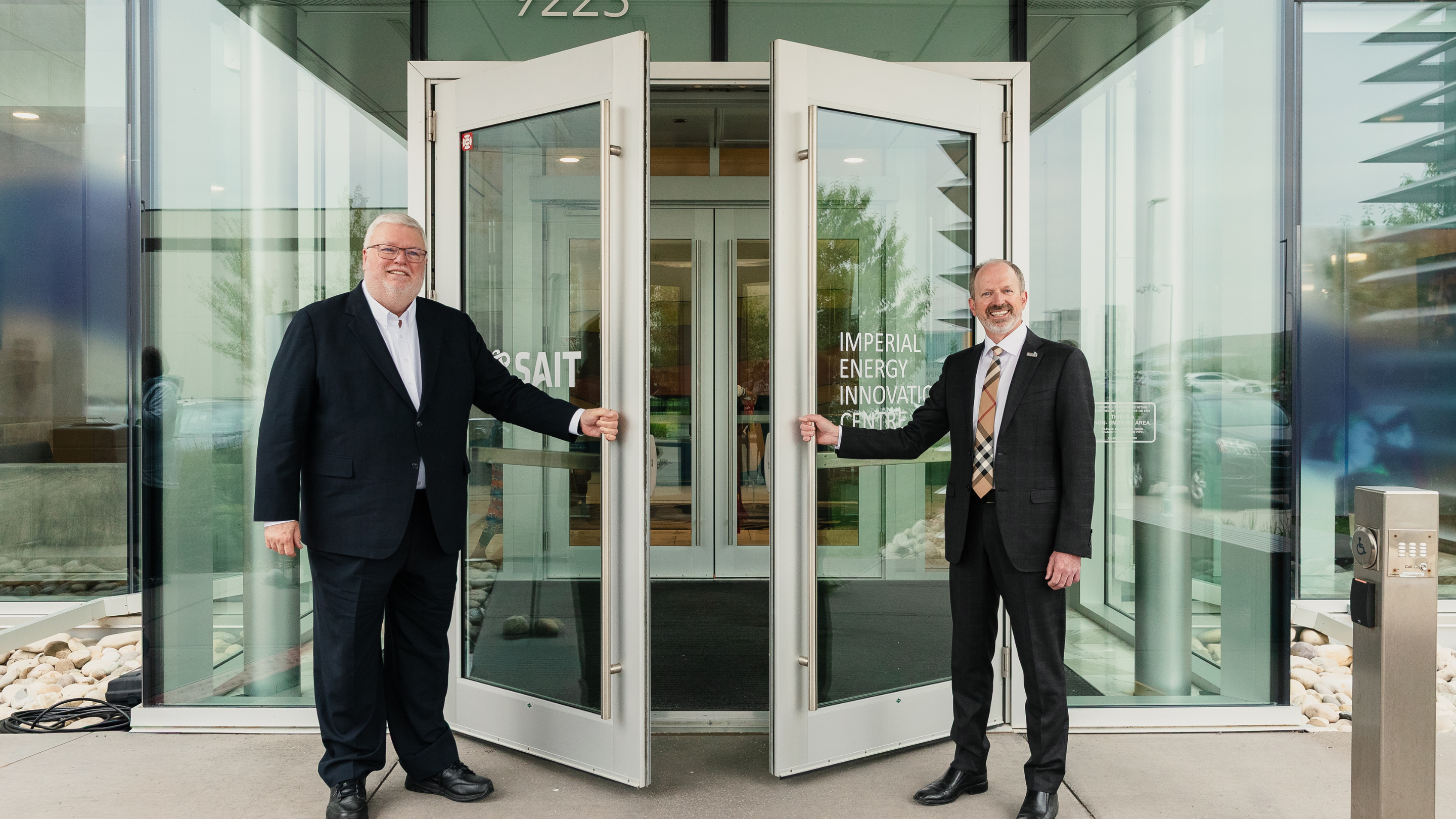
Imperial’s $37M donation expands to students and STEM
